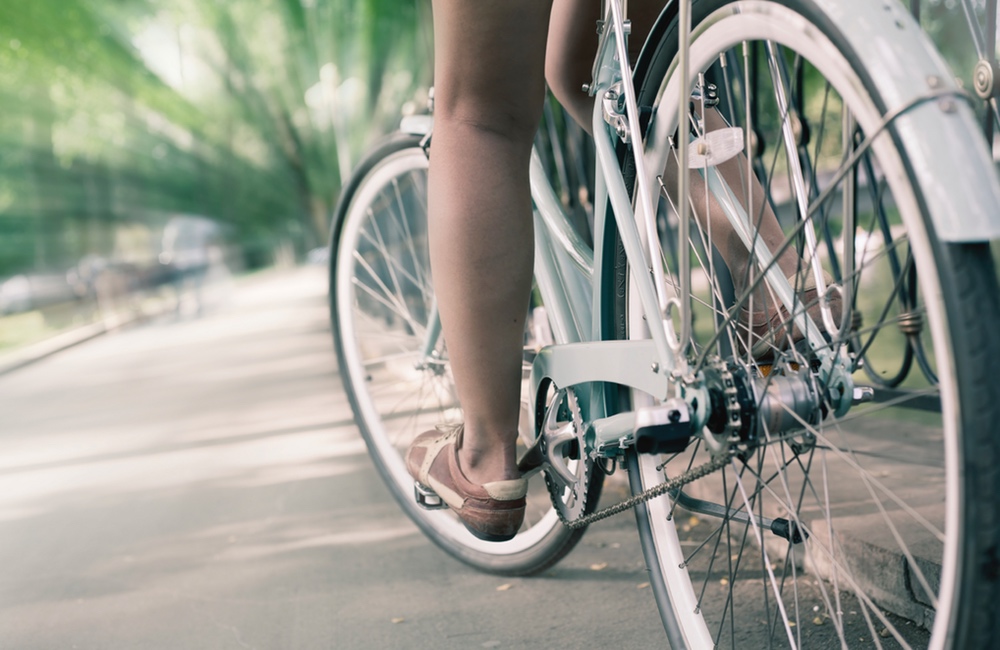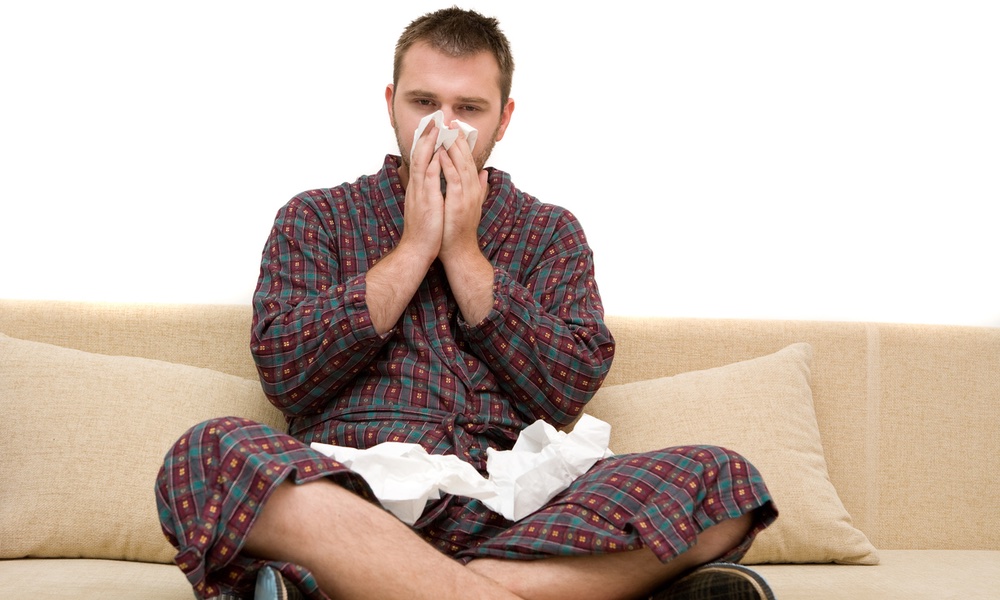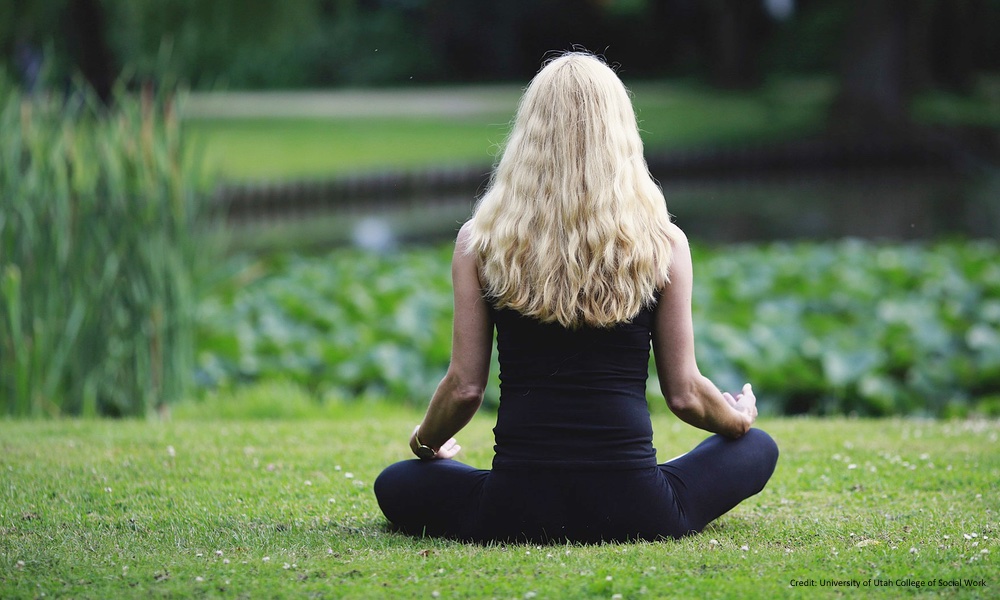People would exercise longer if they didn't get so hot and sweaty while they were doing it. A recent study suggests that cooling the palms of the hands while exercising can make a big difference in how long people can go before they reach their limit and have to call it quits.
A recent study has found the solution may be as simple as holding a bottle of cold water.
Heavy sweating is a common exercise problem, particularly for overweight people because fat is a superb thermal insulator, trapping the body heat that's produced during strenuous activity. It's like working out in a wet suit or a winter coat. This means heating up faster, sweating more and fatiguing easier. So the people who need exercise the most often give up the quickest.
Fat is a superb thermal insulator, trapping the body heat that's produced during strenuous activity. It's like working out in a wet suit or a winter coat.
It certainly worked for the group of obese women who took part in a study to test this idea. The actual study used an expensive piece of equipment called the RTX palm cooling device, but the authors think that a low-tech bottle of cold water (not a sports drink) would also do the trick.
After three months of exercising while using the RTX, women were able to walk a mile and a half considerably quicker, lost nearly three inches from their waistlines and improved both their blood pressure and maximum heart rate. A companion group who exercised without cooling showed none of these improvements.
The study looked at 24 obese women, age 30-45, who hadn't been exercising. All took part in three exercise sessions per week for three months. Part of each exercise session consisted of walking on a treadmill with one hand inside the RTX, a vacuum-sealed, water-cooled glove. One group used the RTX with cooling water (61 degrees Fahrenheit) passing through it; the control group used the RTX with body temperature water (98.6 degrees) passing through it.
Exercise sessions started with 10 minutes of push-ups and 10 minutes of lunges and then progressed to the treadmill, where the RTX came into play. The women walked on the treadmill for 25-45 minutes, with the goal being to walk 45 minutes at 80% of their maximum heart rate.
Since the researchers used the RTX in their study, there's no hard information on how well a bottle of cold or frozen water will work as a substitute.
The women who received the cooling exercised longer during the sessions and skipped fewer of them. And measurements taken at the study's start and end suggest that the exercise did them a world of good:
- Their time to walk a mile and a half decreased seven minutes from 31.5 to 24.5 minutes.
- They lost an average of 2.7 inches from their waistline.
- Their resting blood pressure dropped from 139/84 to 124/70.
- Their average heart rate while exercising increased from 136 to 154 beats per minute.
The control group had no significant change in these four factors.
Since 24 people are a pretty small sample size, the researchers would like to do a test of the device on a larger group of people to confirm these results. In the meantime, they suggest that interested people could take a bottle of water, freeze it, and hold it their bare palm as they exercise.
Since the researchers used the RTX in their study, there's no information on how well a bottle of cold or frozen water will work as a substitute. This offers people a chance to get in on the cutting edge of fitness research and test it out themselves. Anyone who's been bothered by too much sweating while exercising and has a free hand might want to give it a try.
The study results were presented at the American Heart Association's Epidemiology and Prevention/Nutrition, Physical Activity and Metabolism 2012 Scientific Sessions in March.
The presentation abstract (MP016) appears in a supplemental issue of Circulation.




